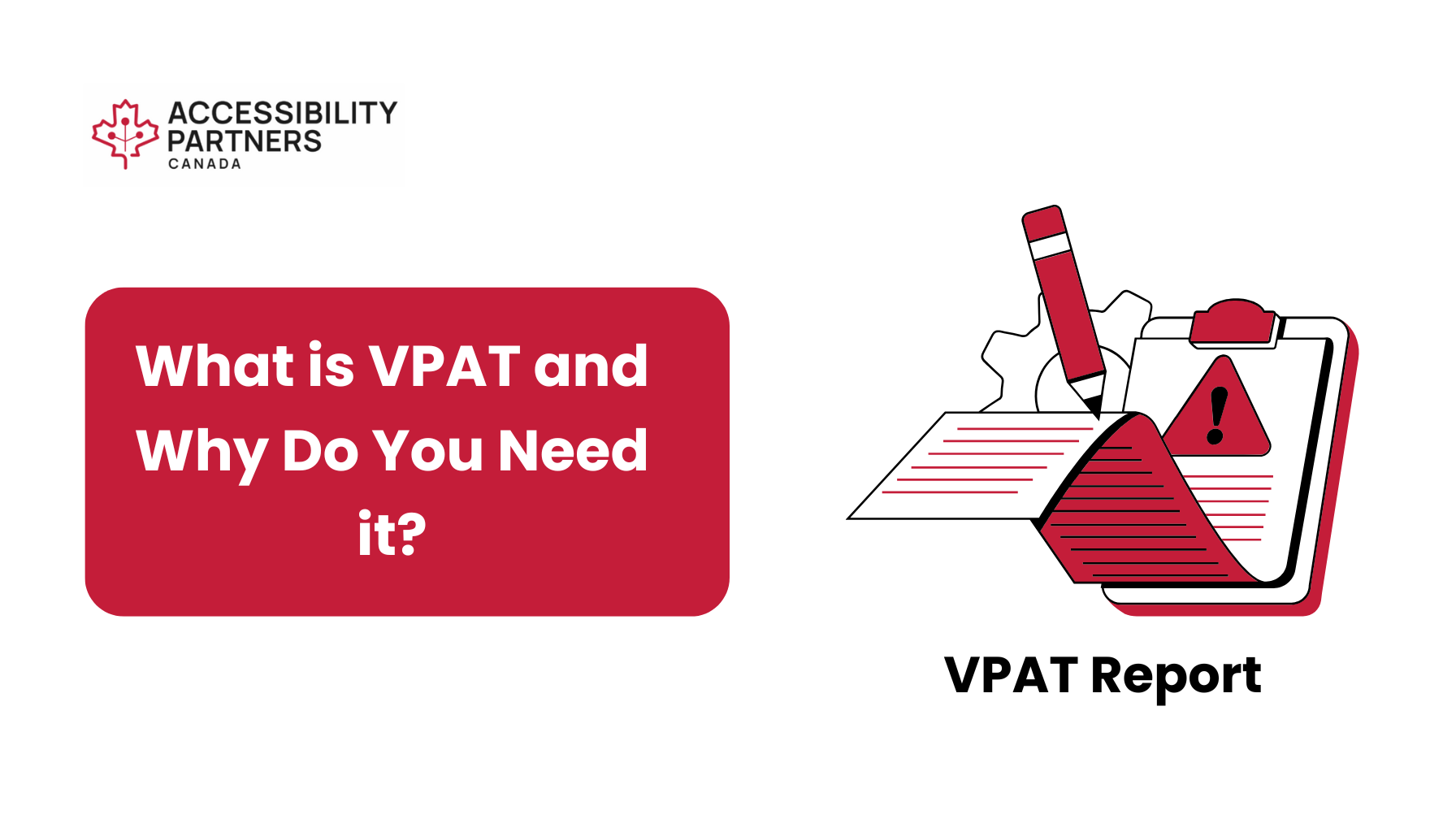The Accessible Canada Act (ACA), enacted in 2019, represents a significant step forward in creating a barrier-free Canada. This legislation aims to identify, remove, and prevent accessibility barriers in areas that fall under federal jurisdiction. Here’s a quick guide to understanding the ACA and its impact on businesses and individuals.
What is the Accessible Canada Act?
The ACA was created to ensure greater inclusion and participation of Canadians with disabilities in all areas of society. The Act applies to the federal government and to federally regulated sectors, including telecommunications, and transportation. The goal is to make Canada barrier-free by 2040.
Key Objectives of the ACA
The ACA is built around seven key principles:
- Respect for dignity: Individuals with disabilities must be treated with respect and their autonomy acknowledged.
- Independence: People with disabilities must have the freedom to make their own choices.
- Participation and Inclusion: Full participation in society is a right for people with disabilities.
- Equality of Opportunity: There must be a level playing field, providing equal opportunities for those with disabilities.
- Barrier-free and inclusive design: Environments must be designed without barriers from the outset.
- Systemic removal of barriers: There must be proactive identification and removal of existing barriers.
- Economic and Social Inclusion: People with disabilities must be able to fully participate in the economy and society.
Responsibilities for Organizations
Organizations under federal jurisdiction must:
- Create and publish accessibility plans that outline strategies for identifying and removing barriers.
- Set up feedback mechanisms for employees and customers to report accessibility issues.
- Regularly update and report on the progress of their accessibility initiatives.
Compliance and Enforcement
The ACA establishes the Canadian Accessibility Standards Development Organization (CASDO) and the Accessible Canada Directorate (ACD). These bodies are responsible for developing accessibility standards and overseeing compliance with the Act. Non-compliance can result in penalties, including fines.
Impact on Businesses
Businesses within the federal jurisdiction must integrate accessibility into their operations, from employment practices to customer service and digital accessibility. Proactively addressing accessibility not only ensures compliance but also opens up markets, as products and services become accessible to a broader audience.
Conclusion
The Accessible Canada Act is a transformative piece of legislation that underscores Canada’s commitment to a barrier-free society. It calls for collaborative efforts from all sectors to build an inclusive and accessible Canada. For businesses, this is not just about legal compliance; it’s an opportunity to lead in social responsibility and innovation in accessibility.
For more information on how your organization can meet ACA requirements, visit Accessibility Partners.







